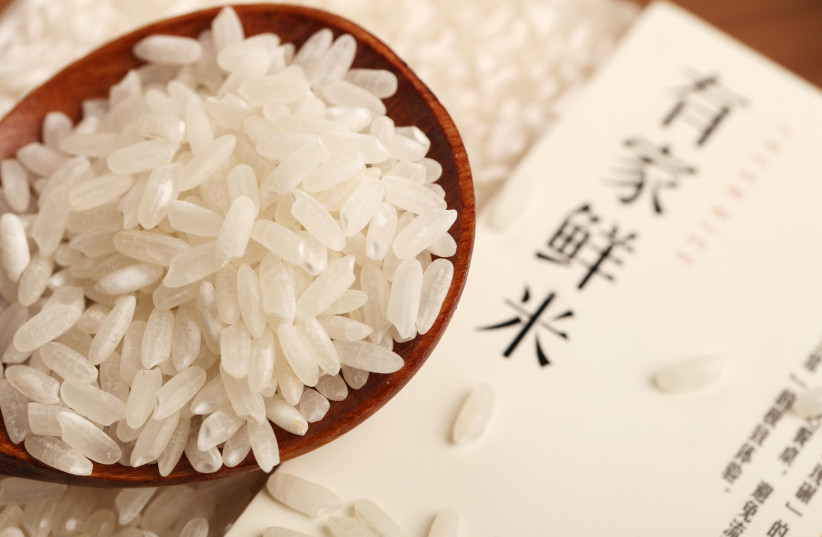Rice produces a certain substance to help it survive extreme stress such as droughts and floods, as revealed in a new study from the University of California, Riverside (UCR).
Published in the peer-reviewed academic journal Developmental Cell, the study aimed to focus on what genetic factors help rice crops survive in extreme conditions.
To do this, the researchers simulated prolonged floods as well as droughts.
Here, they examined suberin, a cork-like lipid molecule that rice roots produce in stressful scenarios like floods and droughts. It does this by helping water drawn up by the shoots to reach the roots and help oxygen in the shoots reach the roots. This is important, as this can help it have access to water in times of drought as well as oxygen when submerged in a flood.
What the researchers uncovered was a network of genes that control suberin production. This is important, as by understanding this genetic network, we can try to use gene editing or selective breeding to better reinforce suberin production, which in turn will give it a better shot at surviving in all types of weather.

“Understanding suberin is particularly exciting because it is not susceptible to breakdown by soil microbes, so carbon that the plant puts into suberin molecules in the roots is trapped in the ground,” Alex Borowsky, UCR computational biologist and study co-author, said in a statement.
“This means that increasing suberin could help combat climate change by removing and storing carbon from the atmosphere.”
But that wasn't the only thing the researchers found. Another discovery was that when submerged underwater during flooding, the root cell growth cycle essentially pauses, restarting when the shoots can access the air again.
Why is this so important?
Rice is one of the single most important food crops grown worldwide. It feeds roughly half or more of the Earth's population and is one of the most-grown agricultural commodities on the planet. It can be grown practically anywhere thanks to terrace farming, which has let it be grown for thousands of years in mountainous and hilly areas.
It was the primary food crop for many civilizations throughout history — with rice being present in archaeological sites even 12,000 years ago — and to this day remains an essential staple crop across the world.
Rice is also very genetically complex. In 2002, BGI Group mapped out the entirety of the genetic code of one of the most common rice strains, indica, in what was the first whole-genome sequencing of a crop. Here, it was found that indica rice contains between 45,000 and 56,000 genes – a far greater number than the average 30,000 to 40,000 genes in the human genome.
However, its harvests are in danger, especially due to floods, droughts and other stresses.
Protecting the global rice crops is essential to helping avert global hunger and maintaining access to this staple crop, especially as droughts and floods become more frequent.
To do this, finding ways to reinforce rice crops is essential. And this study is one step in that direction.
“With genome editing, the fact that we can make a tiny but targeted change and protect a plant from disease is amazing," explained Bailey-Serres, UCR geneticist and study lead. "Though our crops are threatened, new technologies give us reasons to hope.”
Sarah Goldman contributed to this report.
